After more than a decade of economic and productive crisis, the historical Italian and – prevalently – French wine brands are kind of living a second youth. In short: in the world of enology, the Third Millennium’s early years have been labeled by a sort of Copernican revolution, especially for what concerns the international market. A new and increasingly fierce competition has jeopardized Italy and France’s leadership in the business.
New prestigious producers from all around the world have stormed the market, and (much to everyone’s surprise) the consumers have started to appreciate their products.
Wines from North and South America (California, Chile, Argentina), East Europe (Croatia) or even Africa (South Africa) and Oceania (New Zealand) have been more and more often preferred to the usual Italian and French productions, accomplice their more affordable prices.
And while the Italian wine has found a redemption in its inner market, the most important French labels nearly sunk, flooded by an uncontrollable competition.
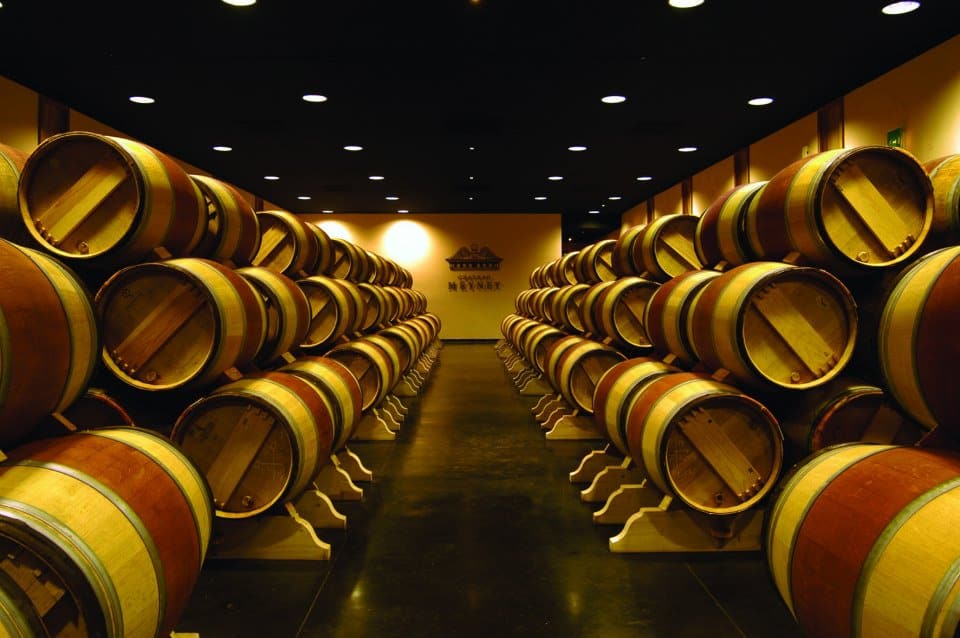
It may look like a paradox, but it seems that the pandemic has played a crucial role in French wine’s revenge. Apparently, during the Covid-19 spread, most of the worldwide wine consumers have rediscovered the value of tradition: it may have been the impossibility to travel (or at least this seems to be the most accredited hypothesis), but as a matter of fact in this era the whole world of enology seems to be back to its origins, and the traditional hierarchies have been restored.
The rest of the work has been made by the growing phenomenon of online shopping, which has taken a leading role during the pandemic. Qualified websites like Millesima have been able to provide their clients with a large and yet refined selection of fine wines from all over the world.
Among the most renowned French ones, the Bordeaux wine remains the most appreciated, sold, recognized and praised. In its most popular form, it’s a wine for all budgets, but a few specialized labels have made a luxury product out of it.
So, let’s try to discover the ten most prestigious (and tasty) Bordeaux luxury wine brands. With a last caution: they’re not necessarily the most expensive ones.
1. Clos Fourtet
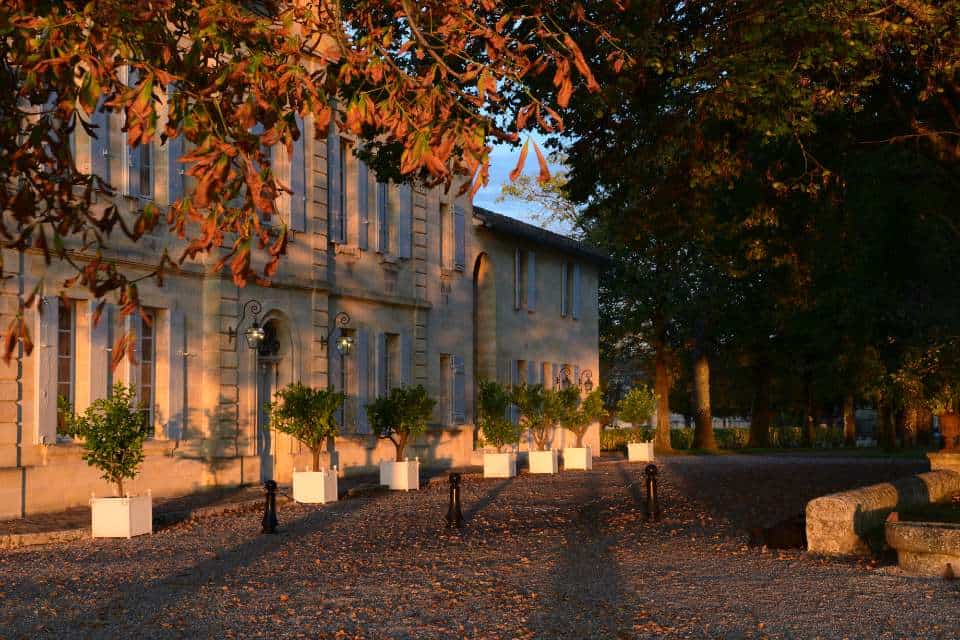
With its 300 (and counting) years of history, this wine is an excellent Grand Cru and represents perfectly the centuries-old experience of the Saint-Émilion area’s winemakers. A very dense texture and persistent floral scents are the main features of an authentic nectar.
Nestled just a few steps away from the charming village of St. Émilion, the vineyard and the chateau proudly sit atop a beautiful limestone plateau. Their best vines are located right next to the chateau, but the vineyards extend in other sides as well. Most of the vines here are 30 years old as much of the vineyard was replanted back in 1991.
2. Chateau Meyney
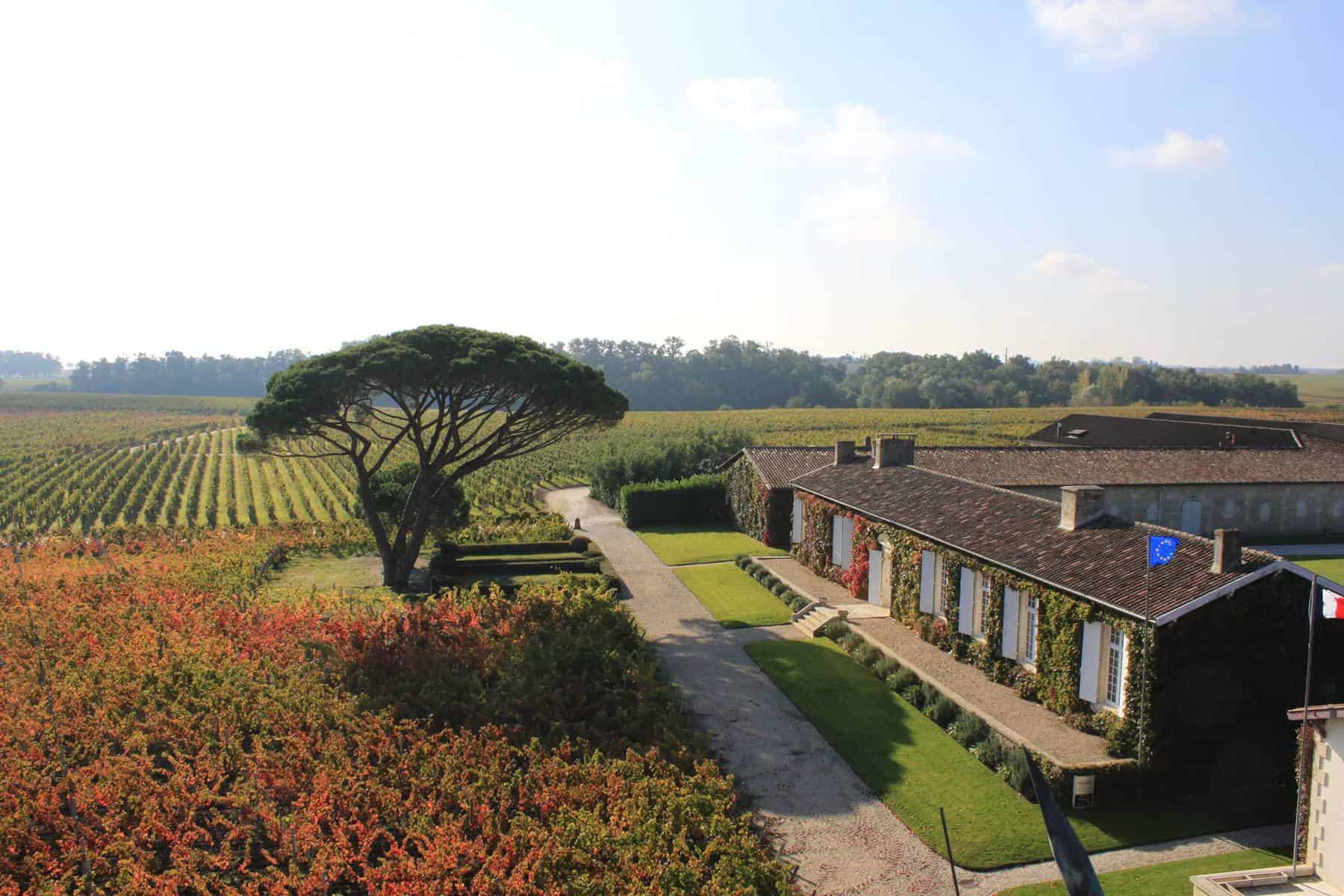
This wine is an actual rarity, since its production is a niche activity. In fact, the winemakers from Chateau Meyney focus all their efforts on quality, through a strict selection of the best grapes and an extremely meticulous product specification. On average, they produce only 25,000 cases of Saint Estephe wine per year, but they also have a second wine, Prieur de Meyney.
The wines from Chateau Meyney are aged in 50% new, French oak barrels for 18 to 24 months, depending on their quality and character, and vinification takes place only in traditional, temperature-controlled vats that vary in size.
3. Chateau Lanessan
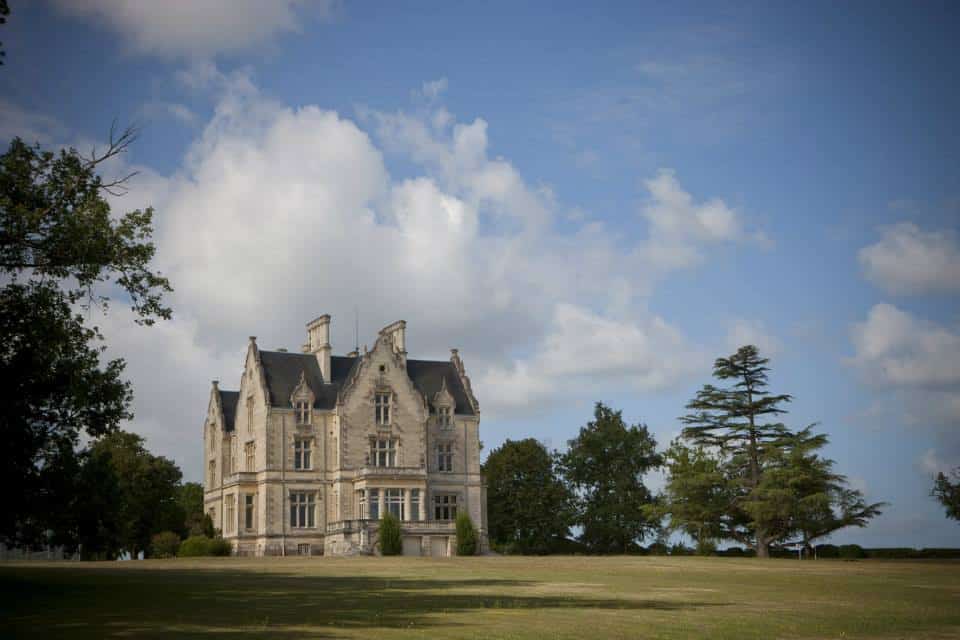
Probably the missing link between the luxury area of the Bordeaux production and the wider and more popular “cheap” sector of the same wine, Chateau Lanessan is a wine that has nothing to envy to its most expensive homologues, with its tingly and lively flavor.
They’re now focusing on increasing the quality of their traditionally styled wine that’s usually better with at least 7 or 8 years of bottle age. Depending on their vintage character, the best Chateau Lanessan wines should reach peak maturity between 7 and 20 years of age.
4. Chateau Phelan Segur
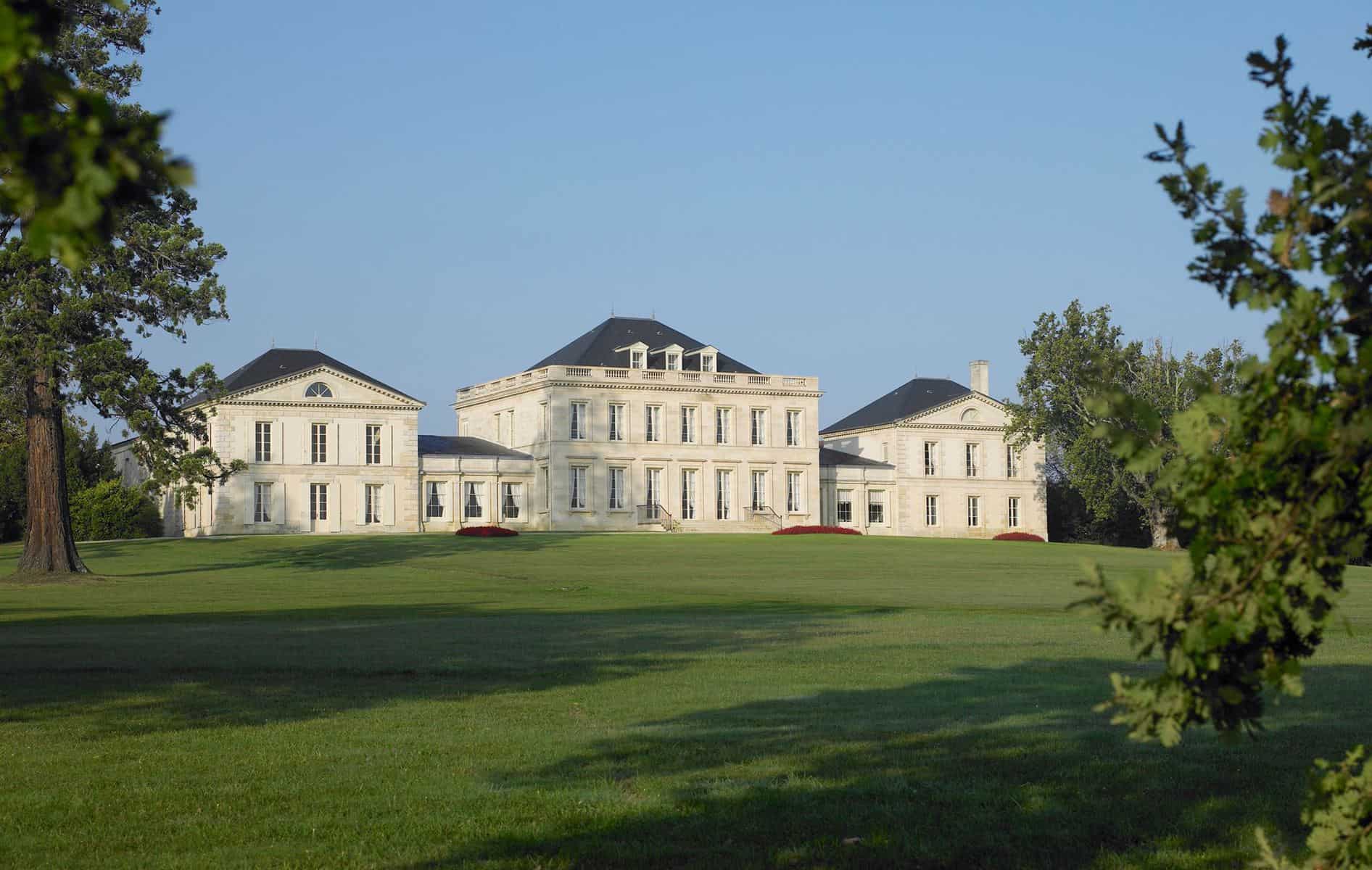
Smooth, dense, hyper-consistent, with an extremely enduring bouquet of flavors: if you look for a wine that tastes like a distilled spirit, you’ve found your label. Best suited for a meal’s end. They produce around 20,000 cases of Phelan Segur wine per year, while a second wine, called Frank Phelan, is produced in 12,000 cases per vintage.
Back in 2017, Chateau Phelan Segur was purchased by the wealthy Belgian investor Philippe Van de Vyvere for a cool 90 million Euros, a record-breaking price for a Crus Bourgeois at that time. He’s surely planning to take this vineyard to a completely new level. They’ve recently launched a third wine, dominated by Cabernet Sauvignon, which is called La Croix Bonis.
5. Chateau La Lagune
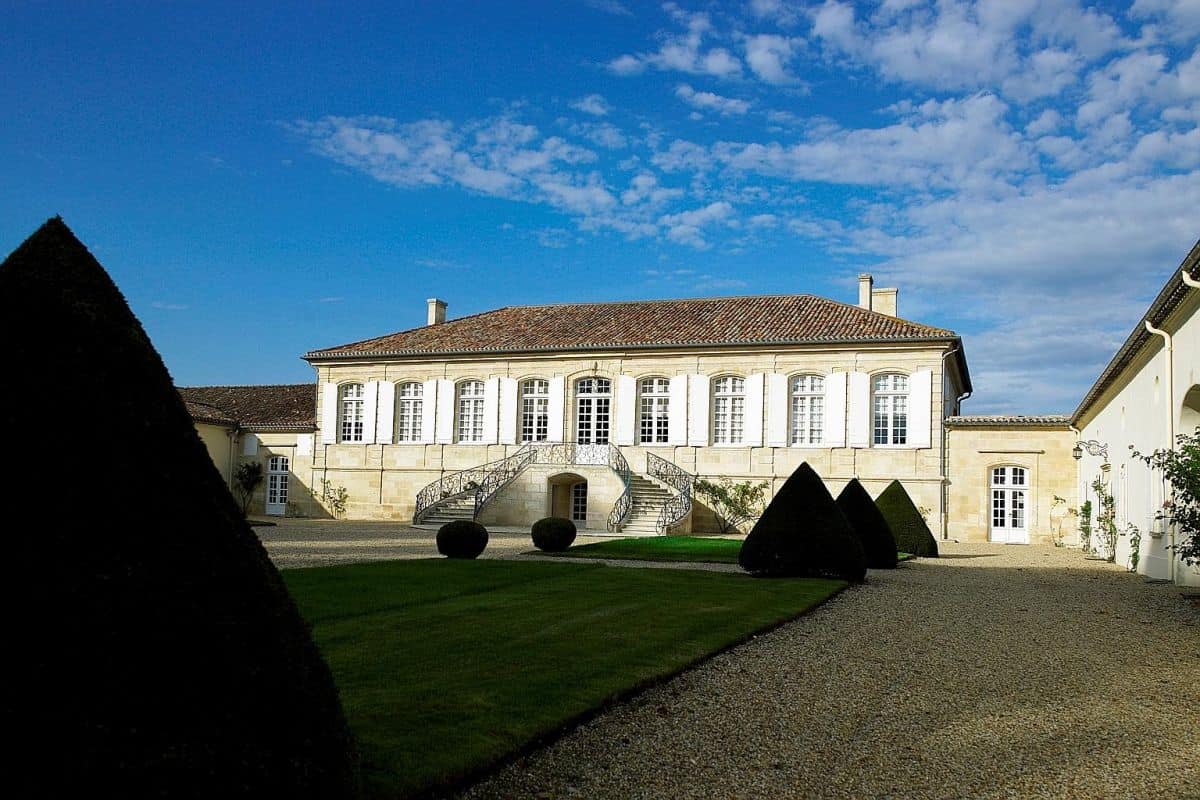
Scent of berries and fresh fruits flavors: the quintessence of a good Bordeaux is here magnificently represented. Maybe the best of the fourteen Troisièmes Crus recognized by the Bordeaux Wine Official Classification of 1855. Chateau La Lagune is extremely popular not just for its aromatic complexity and elegant textures, but also for its friendly pricing policy.
Most vintages don’t require too much time before the wine matures, but Chateau La Lagune is usually better after 6 or 9 years of bottle age, depending on the character of the vintage.
6. Chateau Peyrabon
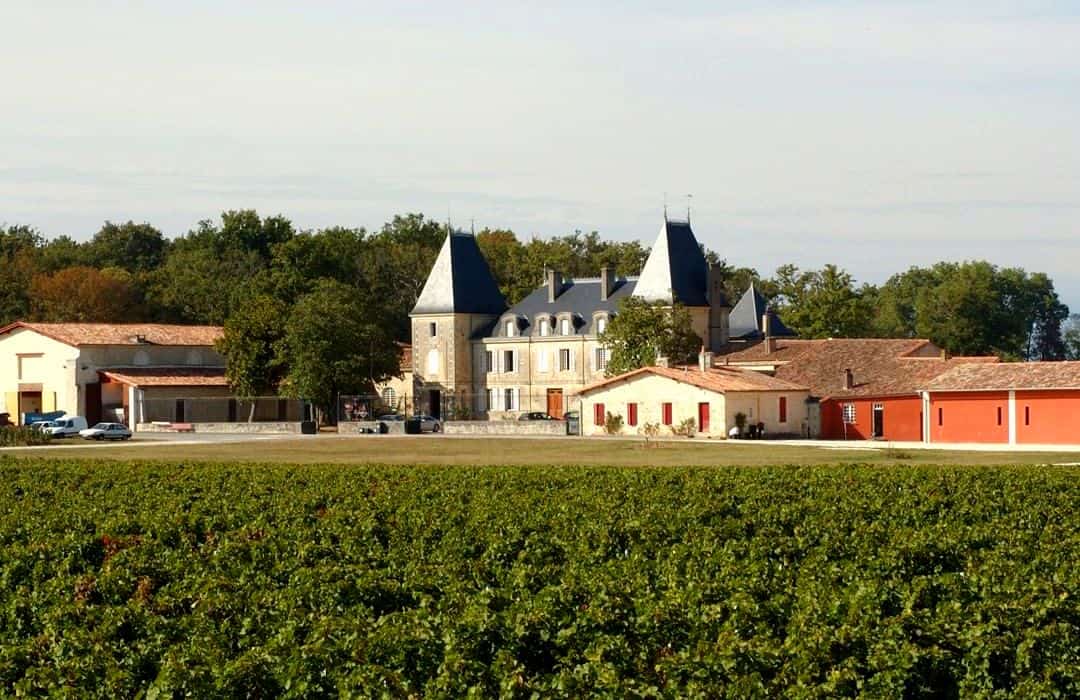
Delicate and sweet, this is the perfect wine for those who are not familiar with the complex texture of the finest Bordeaux. Its peculiar vanilla aftertaste is a sort of trademark, able to make this label’s products immediately recognizable.
On average, Chateau Peyrabon produces around 35,000 cases of wine per year, but they also have a second wine, called Chateau La Fleur Peyrabon, which is pretty exclusive, since it’s produced in close to 3,000 cases of wines every year.
7. Chateau Lynch-Moussas
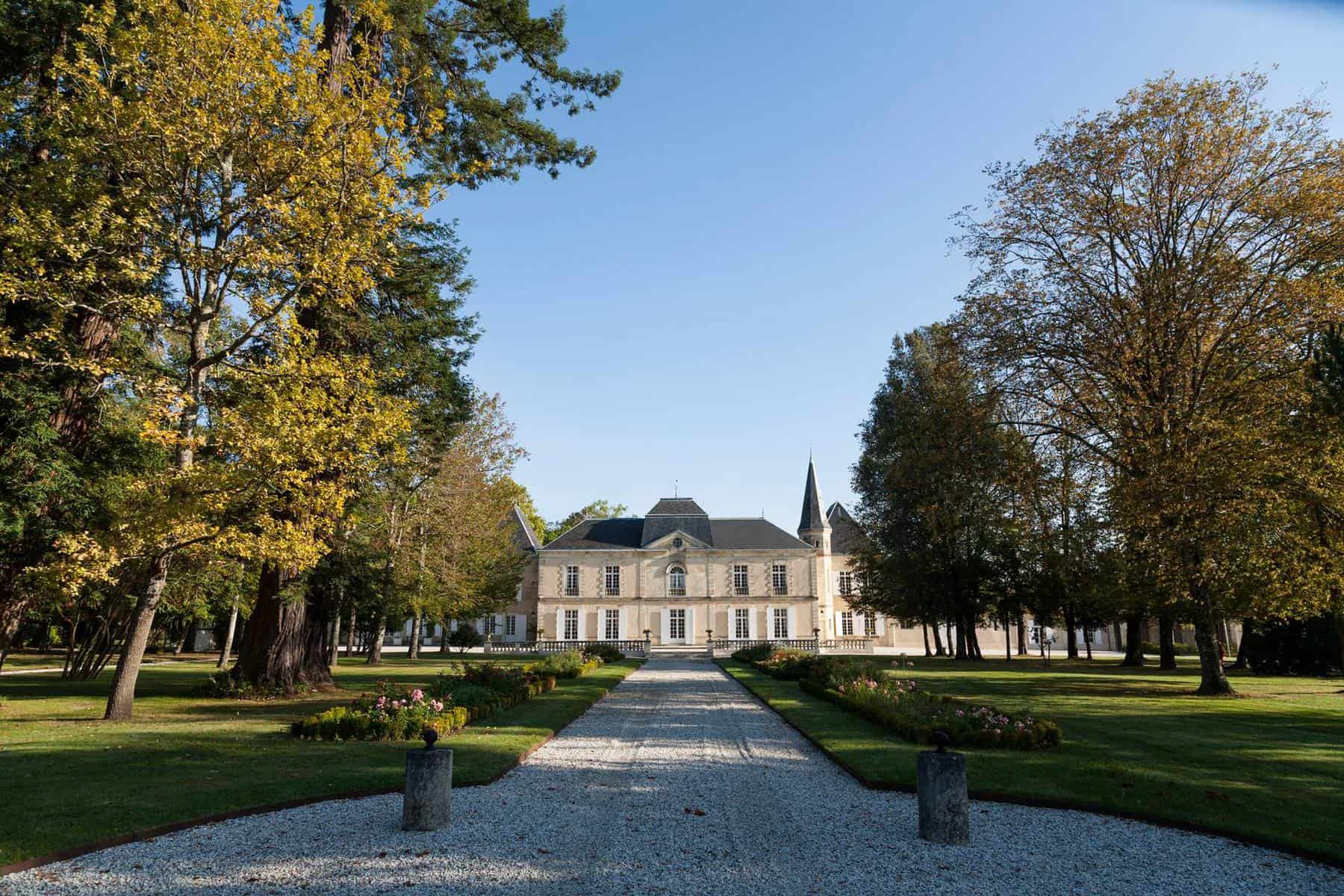
Another historical label, that produces a very peculiar wine since the early 18th Century. Spicy and structured at the palate, it may be not for everyone; nevertheless, the true wine enthusiasts simply love it.
The wines from Lynch Moussas are aged in 60% new, French oak barrels for around 18 months. On average, Chateau Lynch Moussas produces 20,000 cases of wine per vintage, but they also have a second wine, called Les Hauts de Lynch-Moussas, that’s highly praised as well.
8. Cos d’Estournel
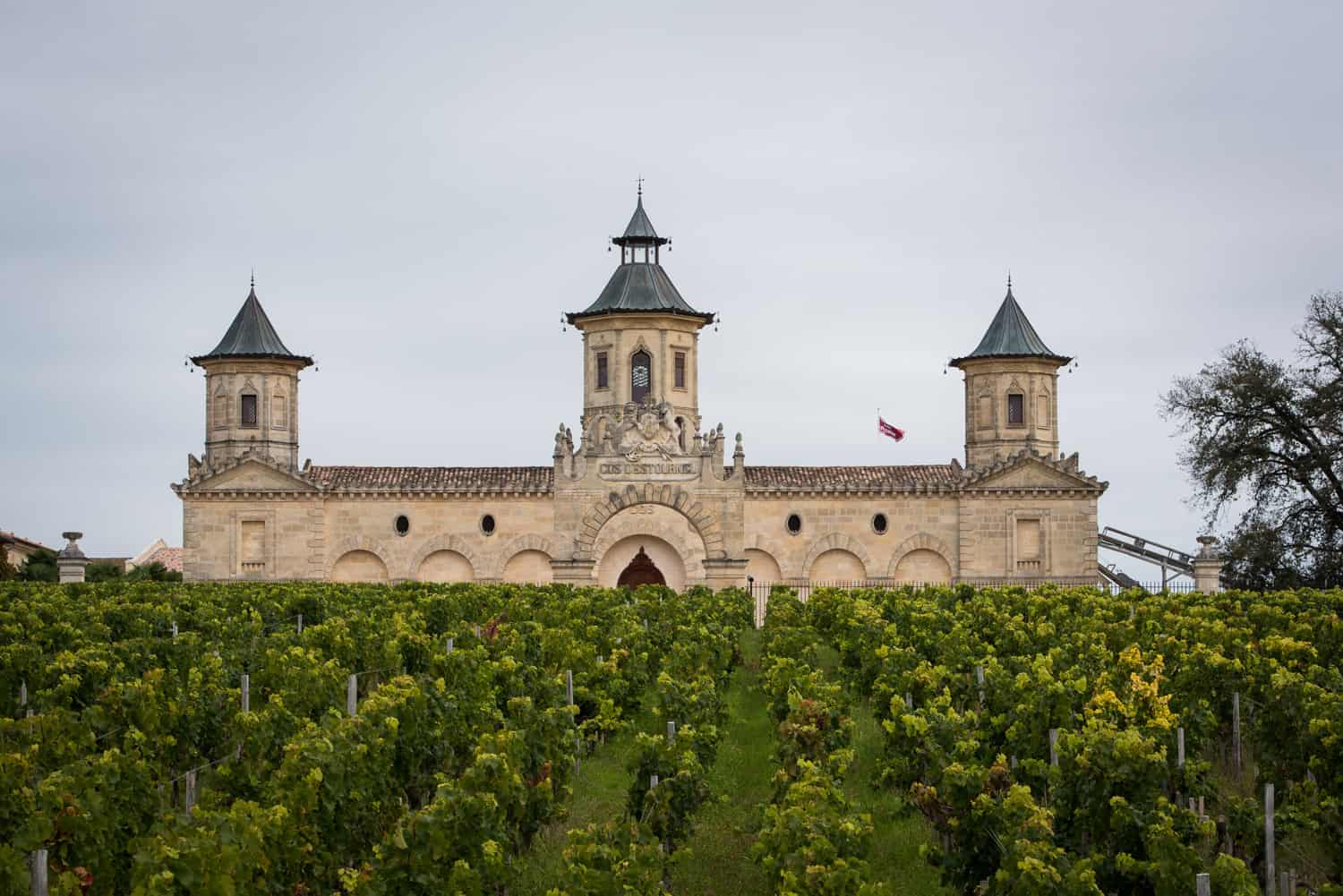
Pagodes de Cos is maybe one of the most iconic wines of the Bordeaux dynasty. Smooth, fresh and persistent, this wine has been the “passepartout” for generations of beginners to access the world of enology. That’s why Chateau Cos d’Estournel is easily one of the best wine producers in the Medoc area.
Their wines are meant to age and everything seems to be perfectly balanced, from the packaging to its refined, elegant and seducing flavor. The wines at Cos d’Estournel also seem to have a special perfume that offers them a unique quality, unlike any other Bordeaux wines.
9. Chateau Senejac
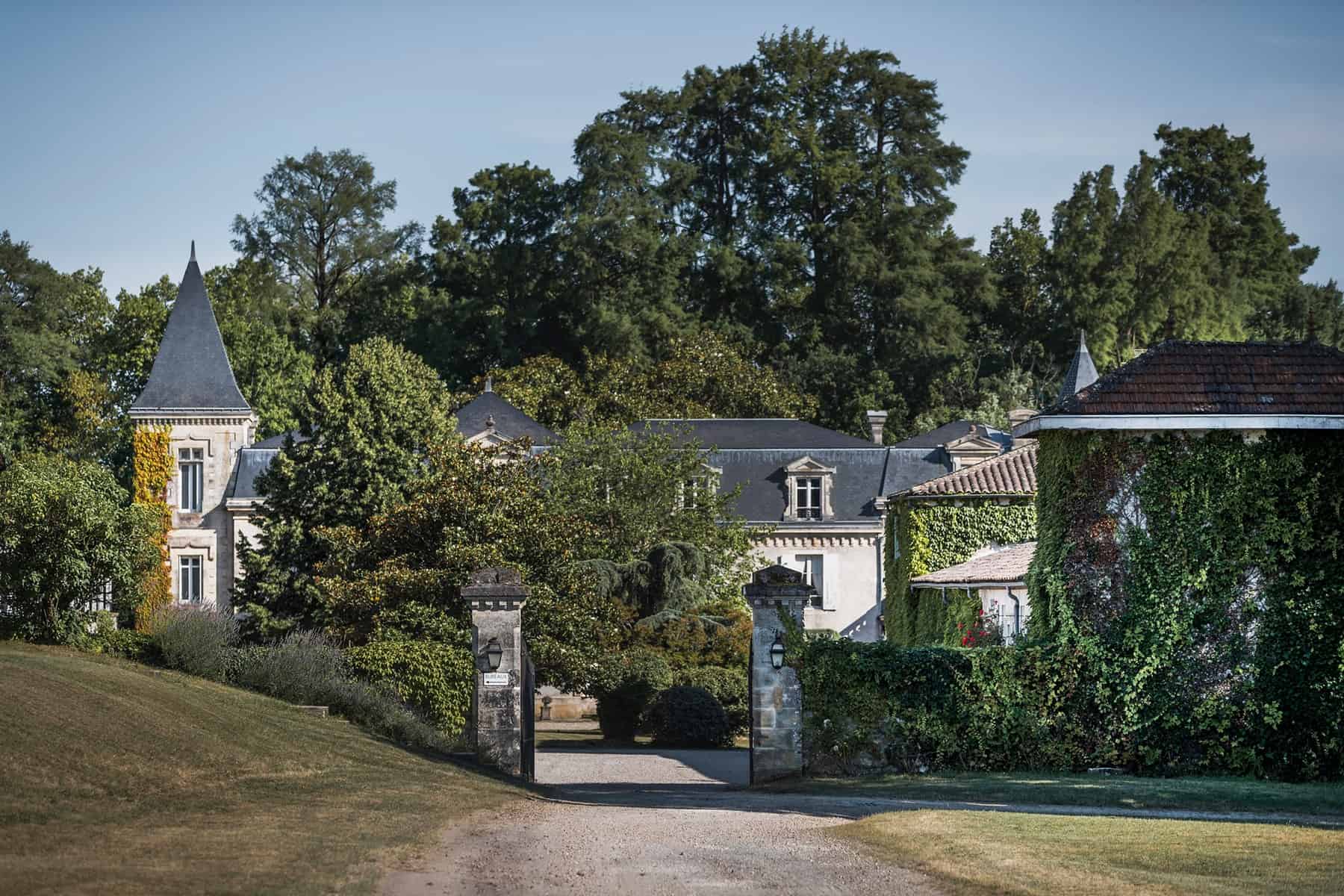
Another hyper-iconic wine, whose complexity reflects the care and commitment of its producers. Nose and palate will be struck by a horde of scents and flavors, each one of them clearly distinguishable.
An interesting fact about Chateau Senejac is that they were mostly known for producing white Bordeaux wine, but today the property is planted exclusively for the production of high-end red Bordeaux wines.
10. Chateau Brun
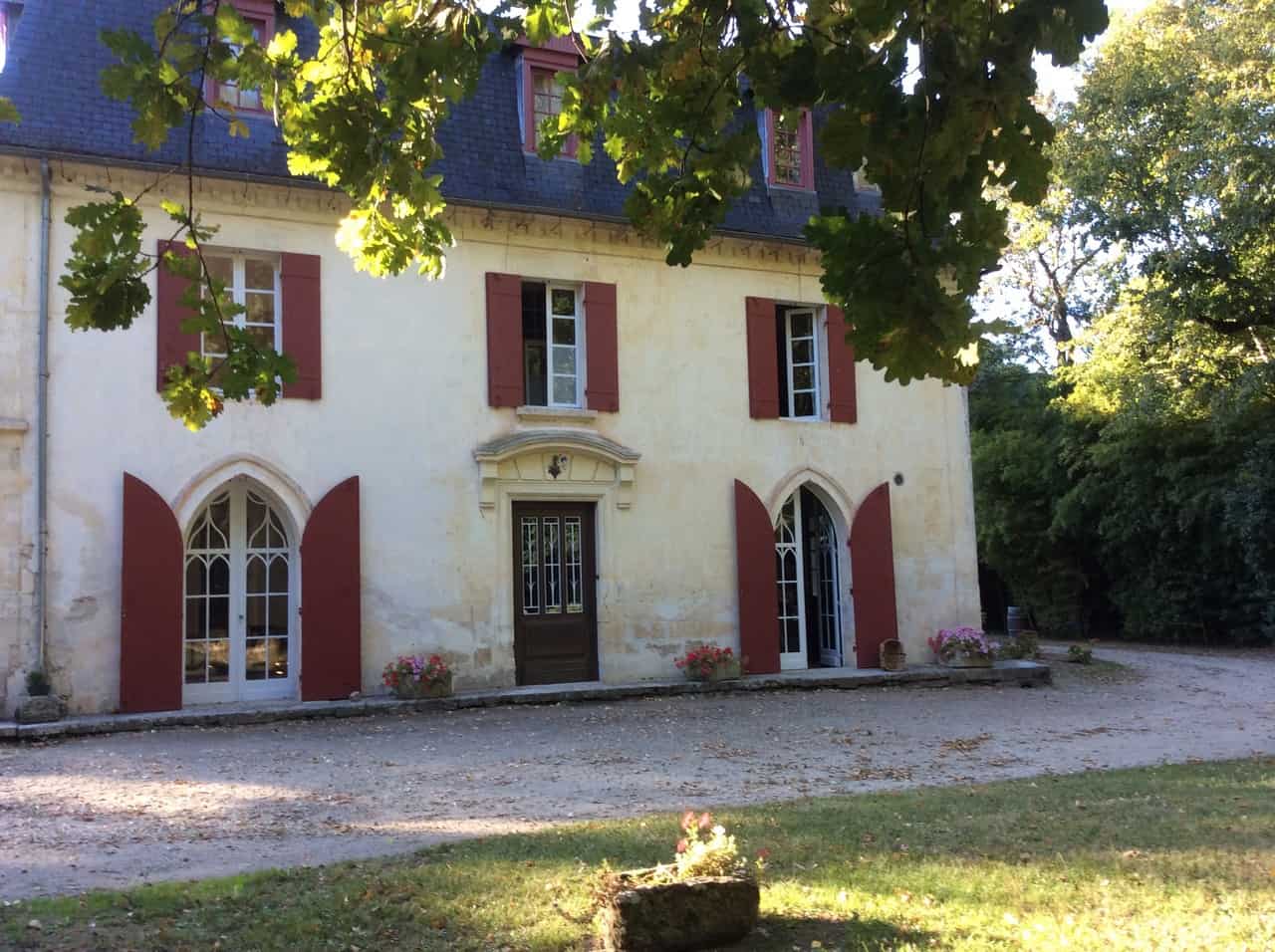
Last but not least, Chateau Brun. Another glorious Grand Cru from the Saint-Émilion area, produced the same way the ancient owners used to do centuries ago. If you look for a taste of the noble art of winemaking in its purest form, you have just found your wine.
If you’re looking for a full bodied Merlot, with a lingering finish and the perfect balance between soft red fruits and nuances of oak, Chateau Brun is definitely the right way to go.

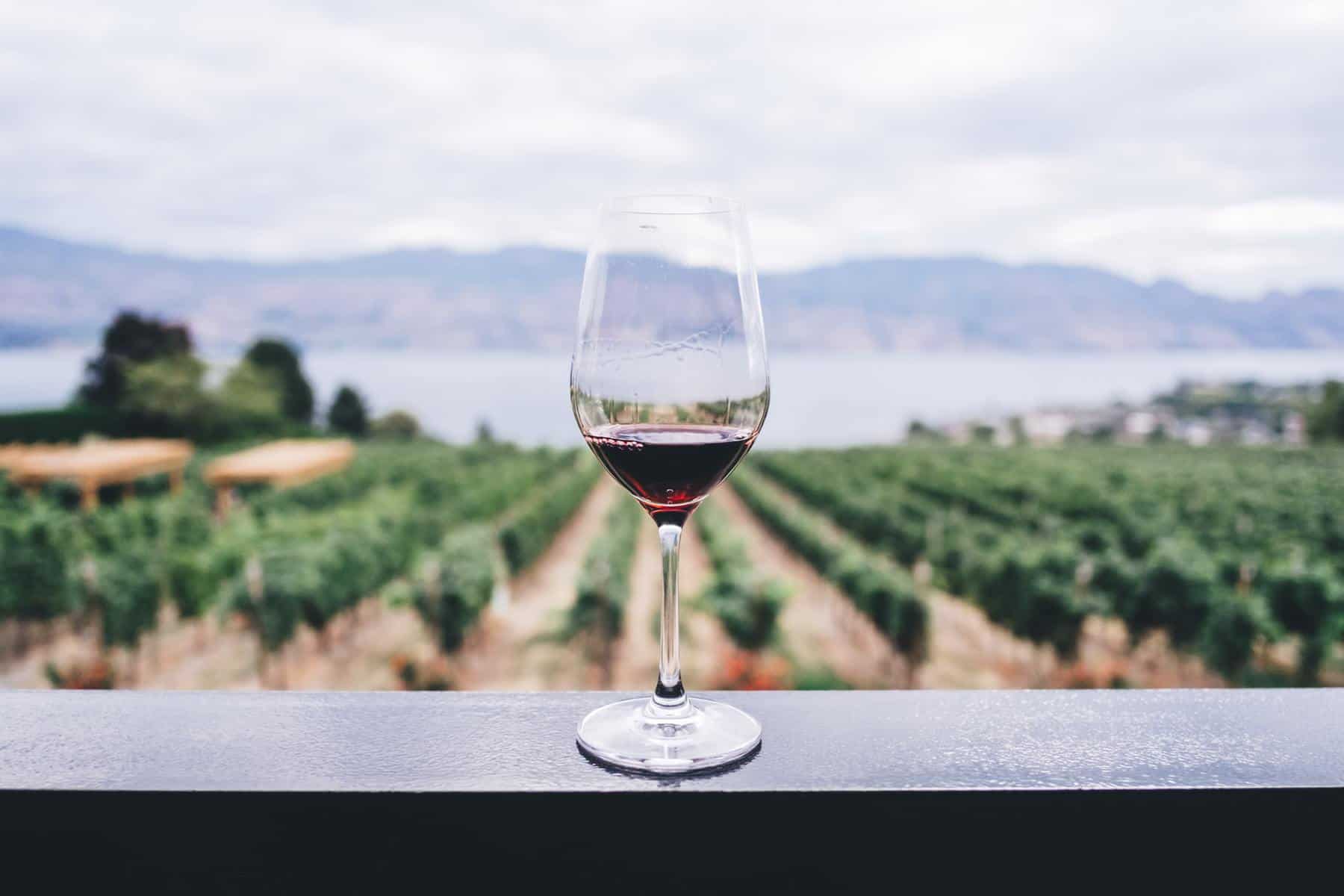




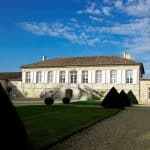


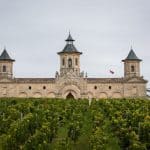



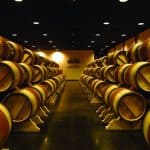



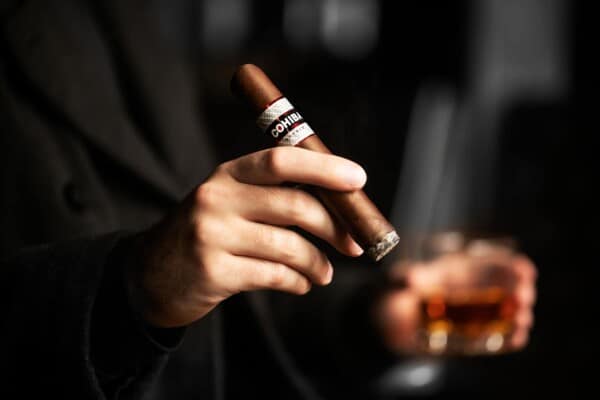
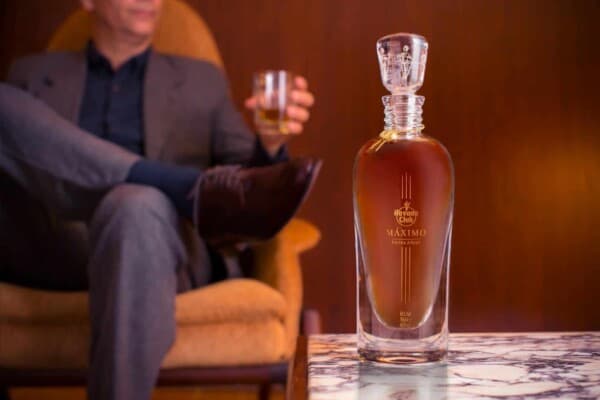
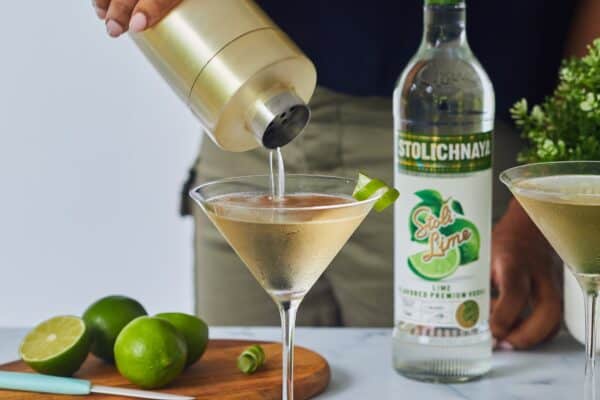
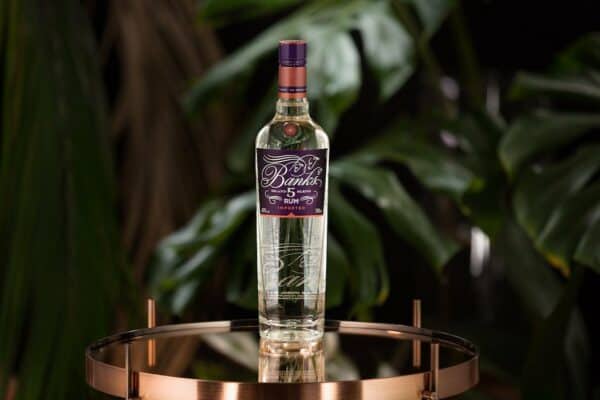
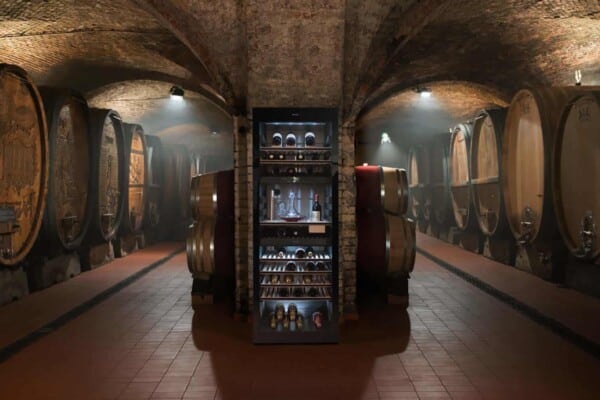
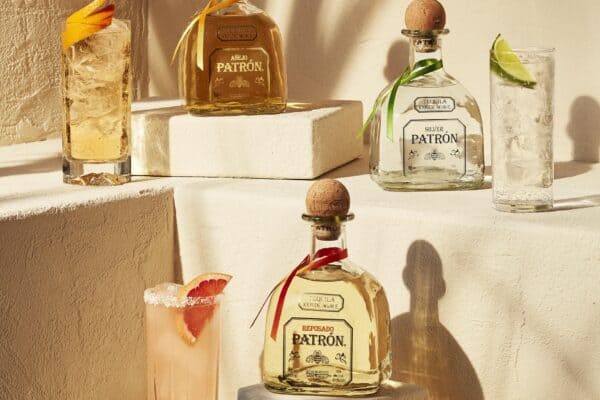
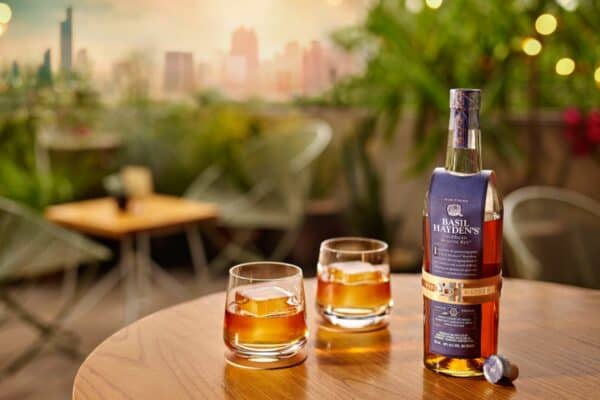

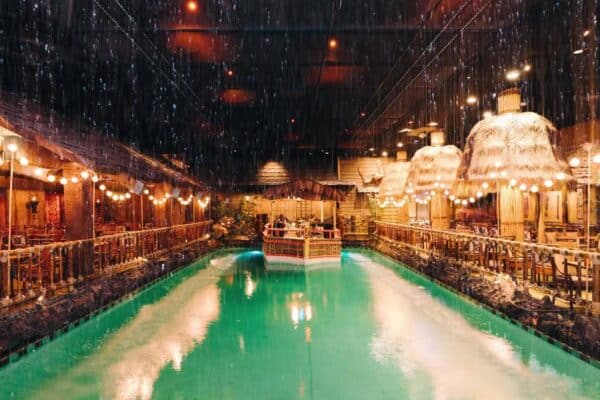
I work at Château Phélan Ségur and I would like to know who wrote this article. Could I be put in touch with this person?
Hello, if there are any mistakes, you can get in touch with us at contact [at] luxatic [dot] com